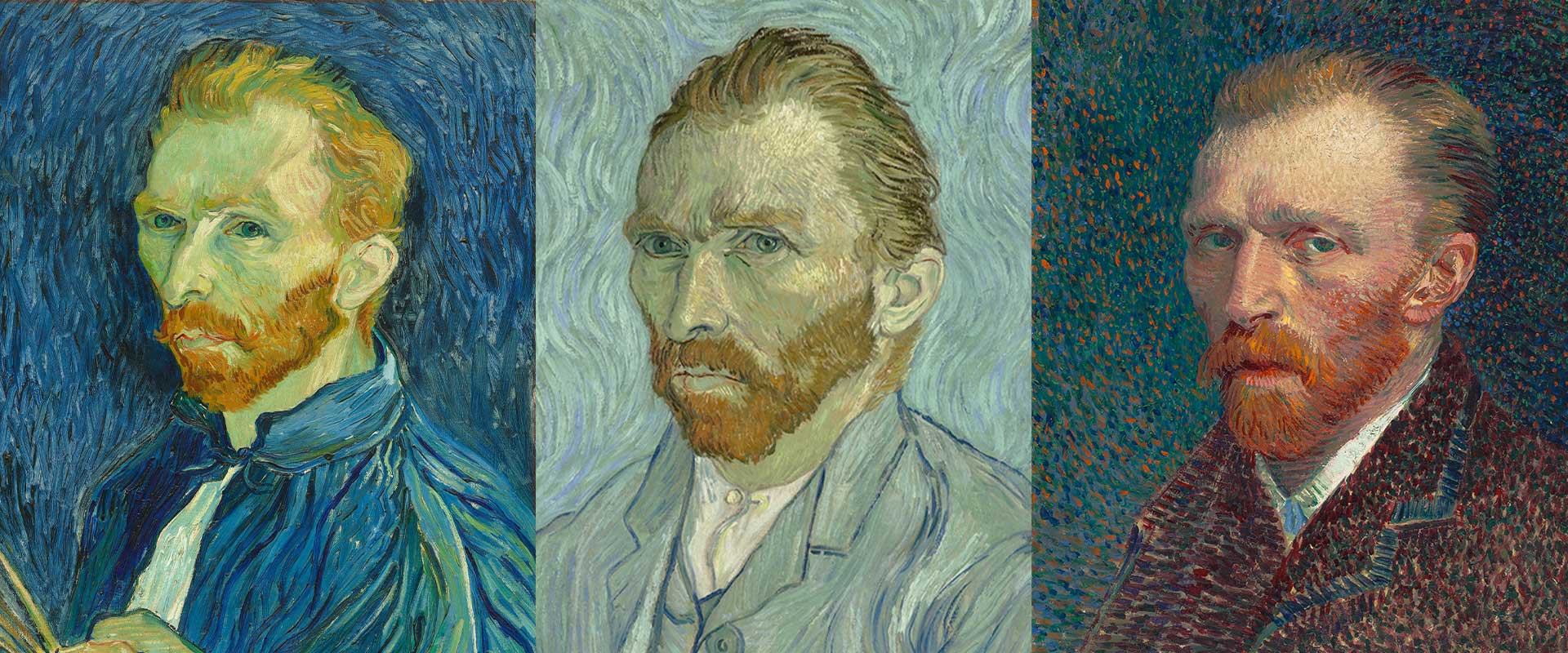Today, Vincent van Gogh’s name is synonymous with greatness. His paintings fetch tens of millions of dollars, adorn museum walls worldwide, and are admired for their raw emotion and technical brilliance. But this wasn’t always the case.
In fact, during his lifetime, Van Gogh lived in near poverty, plagued by self-doubt and largely ignored by the art world. He sold just one painting while he was alive. So how did he go from an unrecognized artist to a global icon of artistic genius?
In this article, we trace Van Gogh’s art market journey—from the financial struggles of his early years to the skyrocketing valuations of his work today.
The Struggling Years: Art with No Buyers
Living in Obscurity
From 1881 to his death in 1890, Vincent van Gogh painted over 900 canvases and produced more than 1,000 drawings. Despite this remarkable output, he sold only one painting—The Red Vineyard (1888)—for 400 francs.
During his life, Van Gogh:
- Relied financially on his brother Theo, who supported him with money and art supplies
- Lived modestly, often in rural towns like Arles and Auvers-sur-Oise
- Was ignored or misunderstood by the artistic establishment
The dominant art market of the time favored academic realism, while Van Gogh’s emotive brushwork and bold color palette were seen as unstable or amateurish.
Posthumous Promotion: A New Chapter Begins
The Role of Johanna van Gogh-Bonger
After Vincent’s death in 1890—and Theo’s shortly after—Theo’s widow Johanna became the unexpected guardian of Van Gogh’s legacy. She inherited hundreds of unsold works and dedicated her life to promoting his art.
Her efforts included:
- Organizing exhibitions across Europe
- Publishing Van Gogh’s heartfelt letters
- Cultivating interest among dealers, artists, and critics
By the early 20th century, the art world began to take notice.
The Climb to Recognition
Early 20th Century Sales
As Post-Impressionism gained popularity, Van Gogh’s unique vision was finally understood and appreciated. Influential artists like Henri Matisse, André Derain, and Edvard Munch publicly acknowledged his influence.
Auction records show:
- By 1905, Van Gogh’s works appeared in major retrospectives in Amsterdam
- By the 1920s and 30s, his paintings began selling for several thousand dollars
- Museums and collectors started acquiring his works at rising values
His reputation soared, and collectors who once dismissed him began vying for his canvases.
From Valued to Priceless: Record-Breaking Sales
Modern Art Market Highlights
By the late 20th century, Van Gogh’s art had become among the most expensive and sought-after in history.
Some record-breaking sales include:
- Portrait of Dr. Gachet (1990): Sold for $82.5 million—a world record at the time
- Irises (1987): Sold for $53.9 million at Sotheby’s
- Laboureur dans un champ (2017): Fetched $81.3 million at Christie’s
- Sunflowers: Privately sold for an estimated $100 million+
Today, even lesser-known Van Gogh paintings can fetch tens of millions, and his iconic works are essentially considered priceless treasures.
Why Is Van Gogh So Valuable Now?
Several factors have contributed to the immense value of Van Gogh’s work:
1. Scarcity and Provenance
With just over 900 paintings ever produced—and many in museum collections—there’s limited supply. Provenance is also well-documented, enhancing authenticity and appeal.
2. Cultural Icon
Van Gogh is not just an artist; he’s a symbol of genius, struggle, and emotional honesty. His life story adds emotional depth and historical value.
3. Influence on Modern Art
He paved the way for Expressionism, Fauvism, and Abstract art, making him a foundational figure in 20th-century art movements.
4. Global Appeal
His works transcend language and culture. Whether it’s Starry Night or Sunflowers, his paintings speak to a universal human experience.
The Emotional Currency of Van Gogh
Vincent van Gogh’s market value isn’t just about price tags—it’s about emotional impact. Collectors, curators, and viewers feel connected to his story: the misunderstood genius, the tortured soul, the painter who transformed pain into beauty.
His paintings don’t just depict scenes—they transmit feeling. That emotional resonance is what makes them timeless and invaluable.
Bring Van Gogh’s Vision into Your Space
You don’t need millions to experience the power of Van Gogh. Explore our Vincent van Gogh wall art collection and add a touch of expressive brilliance to your walls. From The Starry Night to Almond Blossoms, these prints allow you to own a piece of art history.
Conclusion
Van Gogh’s art market journey is one of the most remarkable in history—from poverty and rejection to worldwide reverence. While he never experienced success in his lifetime, his works now stand as some of the most treasured and valuable in the world.
His story proves that true genius sometimes takes time to be seen. And when it finally is, the world never forgets.





